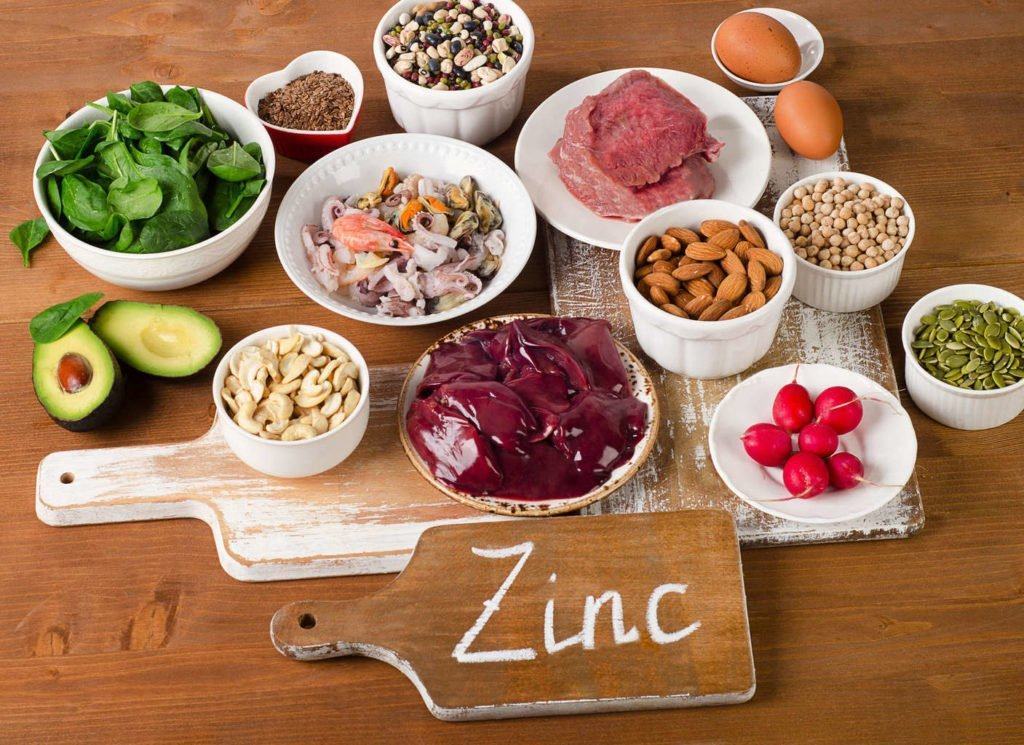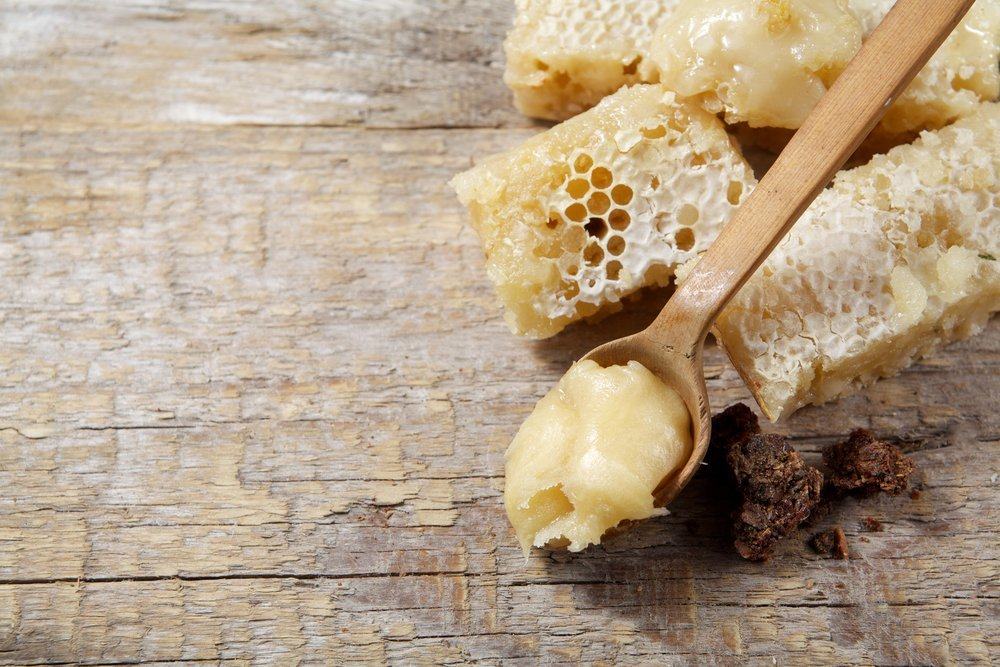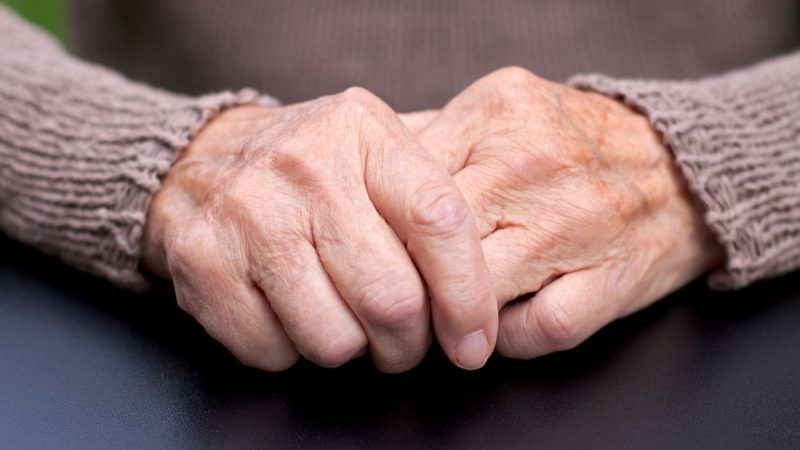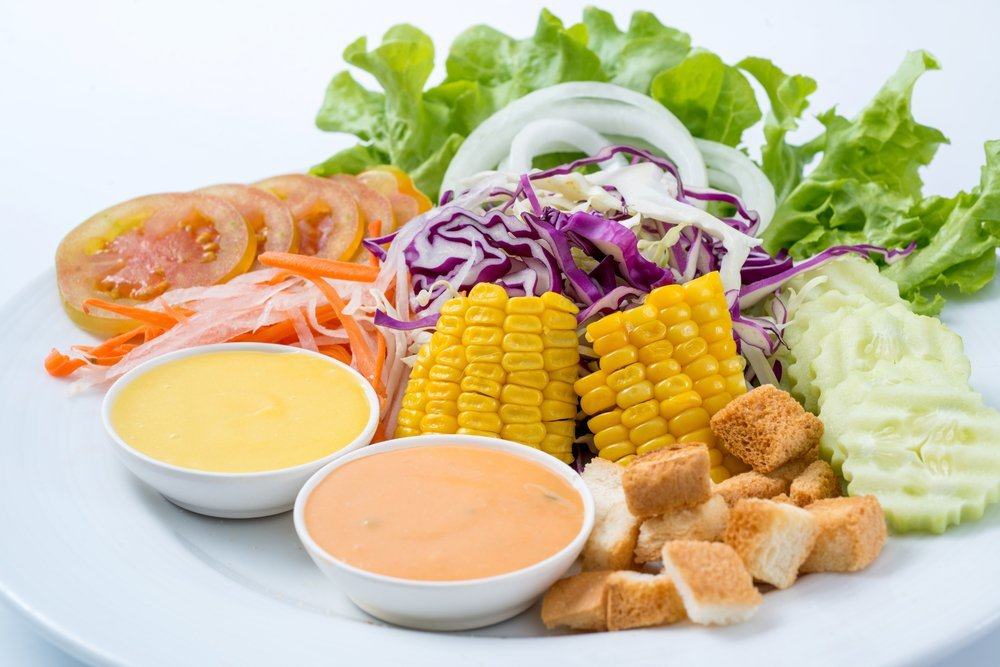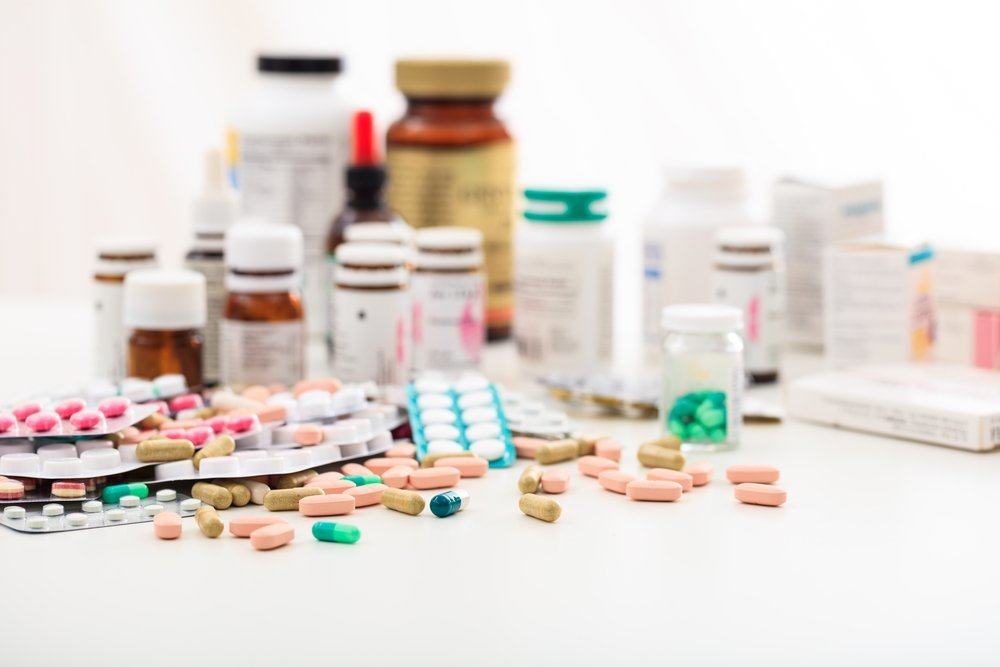Contents:
- Medical Video: Should Children Take Vitamins | What Age Do Babies Need Vitamins | Best Childrens Baby Vitamins
- Zinc deficiency
- How much zinc does my child need?
- Food sources of zinc
Medical Video: Should Children Take Vitamins | What Age Do Babies Need Vitamins | Best Childrens Baby Vitamins
Do not let children lack zinc. Why? Zinc is a type of mineral micronutrient that is only needed by the body, but is vital for growth and development. This mineral has a very important role for metabolism and growth of children.
Zinc can be found in various foods such as red meat, whole wheat bread and cereals, dried beans, and seafood. Zinc can also be found in small amounts of breast milk.
Zinc is very important for normal growth and development of the reproductive organs and brain, plays a role in the functioning of the immune system and other processes in the body.
Zinc deficiency
Lack of zinc intake will weaken the immune system and make children vulnerable to infectious diseases such as diarrhea, pneumonia, and malaria which deprive millions of toddlers every year. Zinc deficiency also causes physical and intellectual retardation, slows growth, and can inhibit children from developing their maximum potential.
How much zinc does my child need?
- Age 1 - 3 years: 3 milligrams (mg) per day
- Ages 4 - 8 years: 5 mg per day
Your child does not need to meet the daily amount of zinc in one day. Alternatively, divide the amount in a few days or a week to meet the adequacy of your child's zinc intake.
Food sources of zinc
Zinc can be found in a variety of foods. Here are some of the best sources of zinc:
- 1/4 cup of baked beans with meat and tomato sauce: 3.3 mg
- 1 ounce of cooked beef leg: 3 mg
- 1/2 grilled hamburger (1.5 ounces), 95% fat: 2.7 mg
- 1 ounce of grilled steak: 2.6 mg
- 1/2 cup of ready-to-eat cereal, enriched with 25% DV for zinc: 2.5 mg
- 1 ounce of roasted dried almonds: 1 mg
- 1/2 cup of low-fat fruit yogurt: 0.8 mg
- 1 tablespoon of cashew butter without salt: 0.8 mg
- 1 instant oatmeal sachet: 0.8 mg
- 1/4 cup canned baked beans: 0.8 mg
- 1/4 grilled chicken feet: 0.6 mg
- 1/4 cup of beans: 0.6 mg
- 1 tablespoon of almond butter: 0.5 mg
- 1/4 cup of raw tofu, prepared with calcium sulfate: 0.5 mg
(Note: tofu nutrition varies depending on how it is processed. Check nutrition labels.) - 1/4 cup cooked peas: 0.4 mg
- 1/4 cup of edamame: 0.4 mg
- 1/4 skinless chicken breast: 0.4 mg
- 1/2 ounce of mozzarella cheese or cheddar: 0.4 mg
- 1/2 cup of milk: 0.4 mg
- 1 teaspoon of wheat: 0.3 mg
The amount of zinc contained in food varies depending on the brand or cut of meat. Remember that for very young children, peanut butter must be applied and other foods (such as nuts and meat) must be crushed or cut into small pieces to avoid choking.
Children may eat more or less than the amount of food served, depending on their age and taste. You can estimate the appropriate nutritional content.
It is impossible for your child to find enough zinc only from food, but excessive amounts (from vitamin supplements, for example) can cause side effects, such as nausea and vomiting, abdominal cramps, diarrhea, and headaches. Too much long-term consumption of zinc can cause long-term poisoning too.

